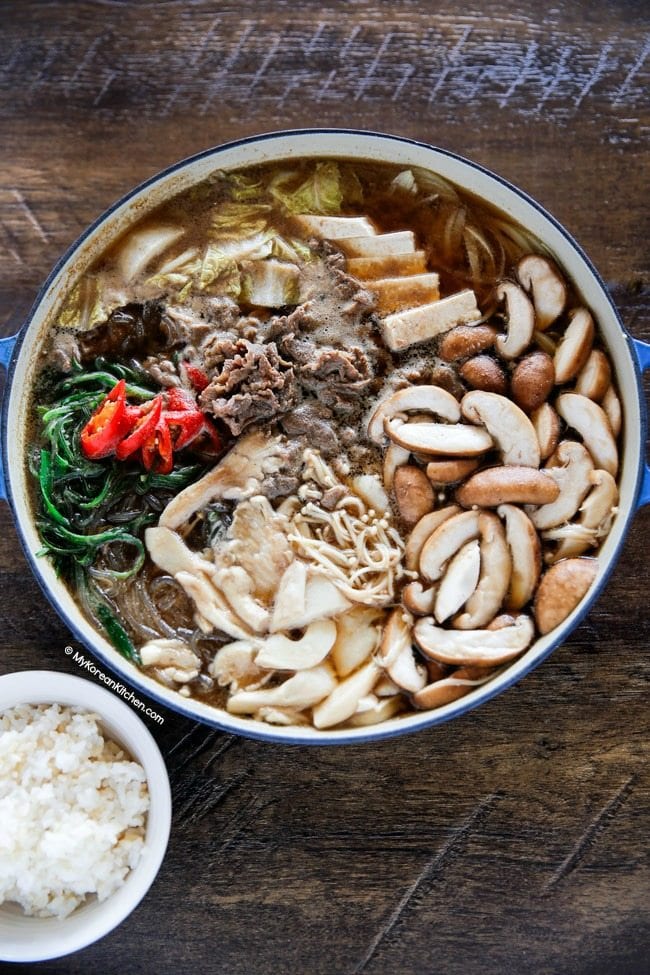Korean Beef Stew: Traditional Recipe, Nutritional Benefits, Variations
– Korean beef stew is a dish that combines classic flavors of Korea, including spicy chili paste, garlic, Korean soy sauce, sesame oil, and rice wine.
– The stew has a deep rich flavor with hints of nuts, spice, sweetness from the rice wine, and umami flavors from the fermented chili paste and soy sauce.
– Slow cooking the stew with the bone in creates a thicker broth and more intense meaty flavor.
– Braising the beef breaks down the fibers and results in tender meat.
– Some versions of the stew include additional vegetables towards the end of cooking.
– It is recommended to use high-quality short ribs with less fat for the recipe.
– Korean fermented chili paste, called gochujang, is an important ingredient in the stew. It is made with red chili, glutinous rice, fermented soybeans, and salt.
– Gochujang adds a sweet and savory umami flavor to the dish.
– If gochujang is not available, a substitute version can be made by blending red chili pepper flakes with soy sauce and sugar.
– The stew is often served with rice, kimchi, and grilled spring onions as side dishes.
– The ingredients for Korean beef stew include 3 lbs (1.3 kg) of lean short ribs, vegetable oil, beef stock, Korean soy sauce, rice wine, apple juice, Gochujang (Korean fermented chili paste), sesame oil, garlic, onion, salt, pepper, carrots, and sweet potatoes.
– The cooking instructions involve salting and peppering the short ribs, browning them in a pot with vegetable oil, whisking together the stock, soy sauce, wine, chili paste, apple juice, sesame oil, garlic, and onion, adding the sauce to the pot and simmering with the short ribs for approximately 2 hours, adding sweet potatoes and carrots and simmering for another 1/2 hour.
– It is recommended to serve with kimchi, rice, and scallions.
– Korean soy sauce has a slightly different flavor than other Asian varieties and suggests using another soy sauce with a teaspoon of sugar as a substitute.
